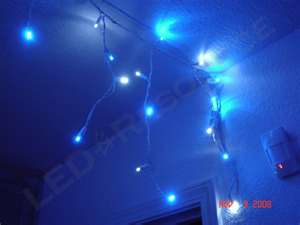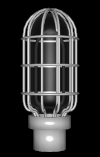LED Indoor
| LED Stands for light-emitting diode. That is, simply, a semiconductor device that converts electricity to light by using the movement of electrons. LED were invented in Russia in 1920s. They were put into practical use in the United States in the 1960s by Generalectric. In the late 1960s Monsanto Corporation was the first to mass-produce LEDs and Hewlett-Packard used them in its early calculators. |
||
| Energy Saving : | Compared to Conventional lightings, LED has about 1/3 Savings on energy consumption. If considering the loses in conjuction with air conditioners, the saving could be more than 100% | |||
| Co2 Emmision Reduction : |
With the Impact of Global Warming, it helps in reducing using excessive energy and less dependent on using air conditioners. Besides lowering greenhouse effect, it also reduces carbon dioxide, sulfer dioxide and Nox.. | |||
| Contamination : | LED does not contain any toxic chemical, hence will not have problems with diposal management. Unlike the fluroescent lightings, there will be mercury contamination during disposal. | |||
| Light Hazard : | Conventional lighting have wide disperse angle, and shines to area where it is not
needed. LED lightings are very directional. |
|||
| Safety : | LED uses low voltage of 12-48Vdc, which is completely safe to users. |
|||
| Long Life : | LED has life cycle of 50K-60K hours.Using solid state assembly techniques, the structure is robust and higher lighting efficiency. These are advantages that surpassed the conventional lightings. |

